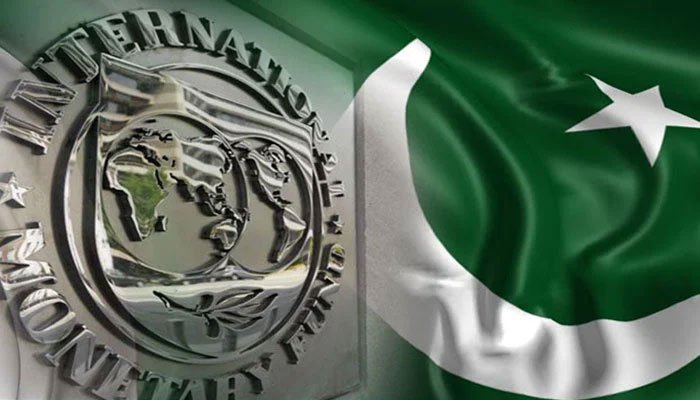In a bold move set to redefine the regional balance of airpower in Asia, Russia has extended a landmark offer to India: the export of the Su-57E stealth fighter jet with full source code access. This unprecedented proposal could significantly shift India’s defence trajectory, offering a level of technological freedom and operational independence not even granted by Western partners.
Full Sovereignty in the Sky
Russia’s Su-57E offer allows India to integrate its indigenous weapons and subsystems, an offer that Western nations like the U.S. and France have historically withheld. Analysts are calling it a “strategic disruptor,” as it provides India the autonomy to configure the aircraft under its Atmanirbhar Bharat (self-reliant India) vision.
Su-57E + Super-30 = Seamless Synergy
Reports from Indian defence sources suggest the proposed Su-57E variant will incorporate systems developed under the Super-30 upgrade program for the Su-30MKI fleet. These include Gallium Nitride (GaN) based AESA radars and indigenous mission computers. The convergence of Super-30 technologies with the Su-57E offers a powerful combination—enhancing combat effectiveness while retaining sovereignty over critical systems.
Indigenous Arsenal on a Stealth Platform
The ability to equip the Su-57E with Indian-made munitions such as the Astra Mk1/Mk2 BVR missiles, Rudram anti-radiation weapons, and advanced precision-guided munitions (PGMs) marks a doctrinal shift in Indian airpower. This move dramatically reduces dependence on foreign suppliers while increasing battlefield adaptability.
READ MORE: Oppo Unleashes Groundbreaking 5G Flagship with 320MP Camera and 7000mAh Battery
Source Code Friction with France
This Russian openness comes in stark contrast to France’s refusal to share critical system source codes for the Rafale jets. Indian officials have long expressed frustration over Dassault Aviation’s restrictions on the Thales RBE2 AESA radar and Modular Mission Computer (MMC), which has hindered the integration of Indian weapons like Astra and SAAW on the Rafale fleet.
India’s €7.8 billion purchase of 36 Rafales—delivered by 2022—and a recent 2025 deal for 26 Rafale-M jets for aircraft carriers, continue to face criticism over limited customization due to code restrictions.
Su-57E: Stealth Meets Manoeuvrability
Unveiled internationally at Aero India 2021, the Su-57E combines stealth, agility, and network-centric warfare capabilities. Built by Sukhoi under UAC, it features AL-41F1 engines with 3D thrust vectoring for unmatched manoeuvrability and stealth features such as radar-absorbing materials, internal weapons bays, and serpentine air intakes.
The aircraft’s N036 Byelka AESA radar suite provides full 360-degree situational awareness, high-bandwidth sensor fusion, and robust electronic counter-countermeasure (ECCM) capabilities. Avionics include a glass cockpit, integrated IRST, wide-area displays, and an electronic warfare suite built for multi-domain operations.
Weapon Compatibility
Su-57E’s arsenal supports R-77M and R-74M2 AAMs, Kh-38 and Kh-59MK2 PGMs, and potentially even the Kh-47M2 Kinzhal hypersonic missile, making it a formidable asset for deep-strike and air superiority missions.
Global and Regional Context
Although Russia has offered the Su-57E to nations like Algeria, Vietnam, and Myanmar, no firm deals have been signed. However, India is seen as the most likely launch customer, especially given its need to counter China’s growing fleet of fifth-gen jets like the J-20 and J-35.
India’s Existing Firepower and Super Sukhoi Push
India’s Su-30MKI fleet—co-produced with HAL—remains the backbone of its air force, with over 270 units in operation. Deployed at strategic locations like Leh and Hasimara, the MKIs feature thrust-vectoring engines, Israeli EW systems, and compatibility with BrahMos-A and Astra missiles. The Super Sukhoi upgrade includes AESA radar, digital cockpits, and long-range air-to-air missile integration.
A Strategic Shift in the Indo-Pacific
Accepting Russia’s Su-57E offer could mark India’s most decisive military acquisition in recent history, signifying a pivot away from Western dependencies and toward an independent technological path. As the Indo-Pacific becomes the epicentre of global strategic rivalry, India’s fighter jet decision could define its future standing in the emerging bipolar world order.




